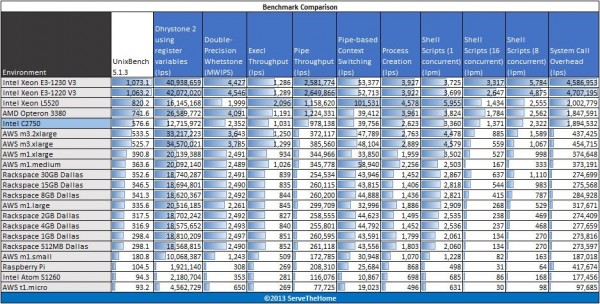Basically along the lines of what I outlined in #4.
Ok so look at the unit you ordered. Structurally this thing has a bunch of problems. In a typical 1U chassis the first issue you have is that the fan is parallel to the chassis cover, and only a few mm away. I *think* it isn't that bad for the U-NAS case, but basically it isn't designed to be moving a lot of air, which you can see because the second major issue is that there's very little space for the air to exit the assembly. The heatsink is 23mm tall, but along the edge about half of that is obstructed. A lot of potential for dirt buildup and even when totally clean, not a lot of airflow. The third thing is that it is made from aluminum finning. Aluminum is sure a HELL of a lot easier and cheaper to manufacture than copper, especially that sort of design where the unit is built out of stamped sheet. But aluminum has about half the heat transfer capacity, so that nifty heat pipe is their way to try to compromise. On the flip side, aluminum tends to work better at lower airflow speeds. Which this sort of fan and heatsink arrangement gives you.
Compare that to something like the Akasa AK-CC7111 or Dynatron K129. Might well work as-is passively, but I'd be real tempted to throw in some active airflow. There's that nice cavity on the side by the power switch where the system board winds up.. So this requires a little three dimensional imagination. Imagine a piece of plastic perpendicular to the mainboard, placed between the RAM and the heatsink. If cut to the precise shape of the cavity, you gain a new "floor" that is about 2 centimeters higher than the metal floor. The RAM and power connector underneath, the CPU above. This is of course a bit of fiddly plasticwork. But this is your intake duct, which brings air from the rear of the chassis (where the big fans move air) to the front. Then you punch a 40mm hole through the plastic to accommodate a 40mm fan. Pick a good 4-wire PWM fan like the R124028BU, and look, it wires right into the mainboard right there too, how convenient. So the fan pulls air through the intake duct and blows it into the upper cavity. Now, depending on how well you feel that works, you could also duct it back over towards the heatsink. You end up with both cooled memory and CPU, and a fan that is less likely to die, and even if it does, the relatively massive heatsink and all its unimpeded-by-a-fan-on-top surface space is likely to be very resilient.
Of course, my way is a bunch more work and trouble. I seem to specialize in that. ;-)

